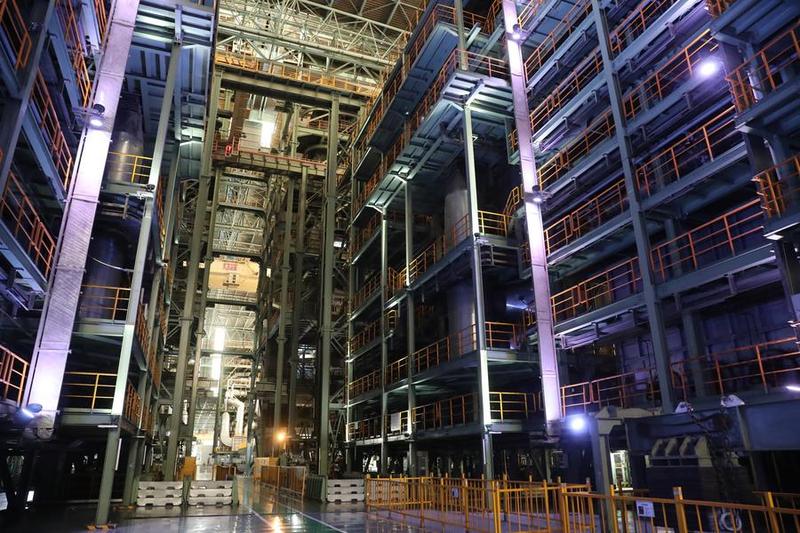Deep sea research explores Indonesian Throughflow

Jakarta (Indonesia Window) – Being at the meeting point between the Indian Ocean and the Pacific Ocean with the geographic form of the islands making Indonesia a connecting channel that streams water masses.
The connecting channel, the so-called The Indonesian Throughflow, is worth knowing because it is related to the event of the sea water mass upwelling and home to marine biodiversity.
The Indonesian Institute of Sciences (LIPI) together with The First Institute of Oceanography of China and the Department of Atmospheric and Oceanic Science of the University of Maryland, United States, conducted a study on Transport Indonesian Seas, Upwelling, Mixing Physics (TRIUMPH) from 18 November 18 to December 25, 2019, from Java’s southern waters, the Bali Strait to the Makassar Strait.
The TRIUMPH study uses the LIPI’s Baruna Jaya VIII research ship, according to the LIPI website as quoted here, Wednesday.
Indonesian Throughflow
The Indonesian Throughflow is an important ocean current in the development of global climate.
“This current allows warm fresh water to move from the Pacific Ocean to the Indian Ocean at low latitudes,” LIPI’s Acting Deputy for Earth Sciences, Agus Haryono said.
The current serves as the highest branch in the global heat-carrying belt, he explained.
Meanwhile, LIPI’s Acting Head for the Deep Sea Research Center, Nugroho Dwi Hananto, explained that the surface topography of the western Pacific Ocean which is higher than that of the Indian Ocean drives thermocline water (layers of ocean waters where rapid temperature drops with depth) over the North Pacific, passes through the western part of the Makassar Strait and exits through the Lombok Strait or flows eastward into the Banda Sea.
“The salty, denser and slower flow of the South Pacific water passes through the Lifamatola Strait towards the Banda Sea. This mass of water mixes with the effects of tides, Ekman spirals, and the mixing of warm fresh water on the surface of the ocean. “From the Banda Sea, the Indonesian Crossflow flows out through the Timor Sea, the Ombai Strait, and the Lombok Strait,” Nugroho pointed out.
TRIUMPH’s research will also explore important oceanic and atmospheric interactions to broaden the horizon of Indonesia’s sciences about the effects of oceanic and atmospheric dynamics that greatly influence weather and climate patterns in the country.
“The effects of El Nino and La Nina are not well known. The data and information from this research will be very useful for developing strategies and mitigating the impacts of climate change impacts,” said Nugroho.
In addition, TRIUMPH will also examine the potential of deep-sea biodiversity in Indonesia.
“The abundance of planktons at the study site is very important to find out how productive the waters of the Indian Ocean in the southern part of Java are in relation to fishery potentials,” Nugroho said.
TRIUMPH
TRIUMPH voyage is slated to take place in two stages.
The first phase covers the routes of the waters of the Jakarta Bay, the Sunda Strait, the waters of South Java, to dock at the port of Tanjung Wangi in Banyuwangi, East Java.
During this phase, which runs until December 2, the researchers will collect and process oceanographic, marine biota and weather data as well as maintaining mooring facilities.
The research will then continue from Banyuwangi to the Makassar Strait under the route of the Bali Strait – Badung Strait – Lombok Strait – Alas Strait – Makassar Strait before returning to the port of Muara Baru, Jakarta.
On December 5-24, researchers will collect oceanographic and marine trash data.
Reporting by Indonesia Window










